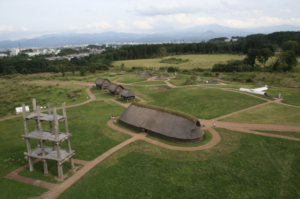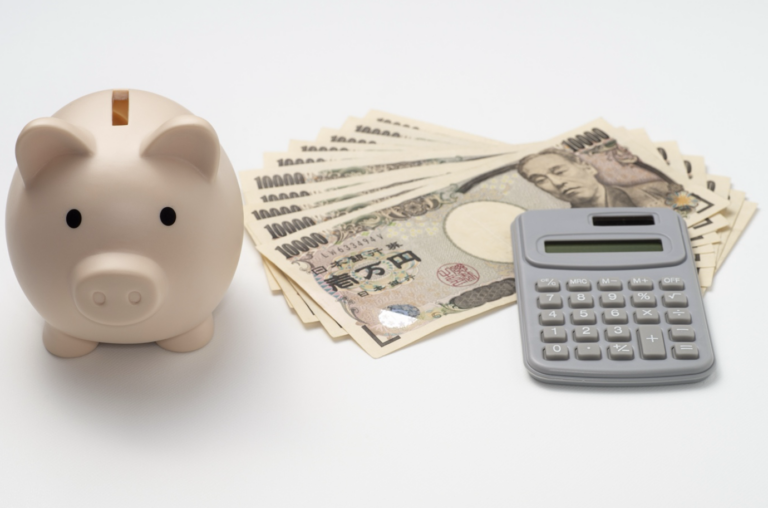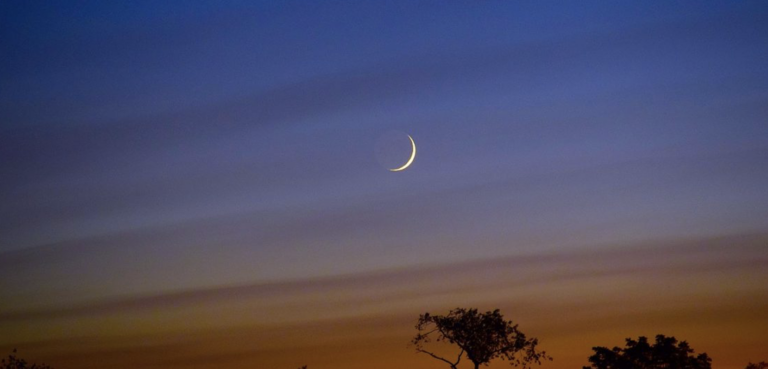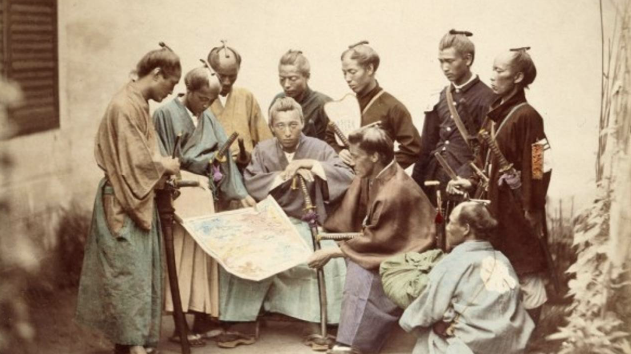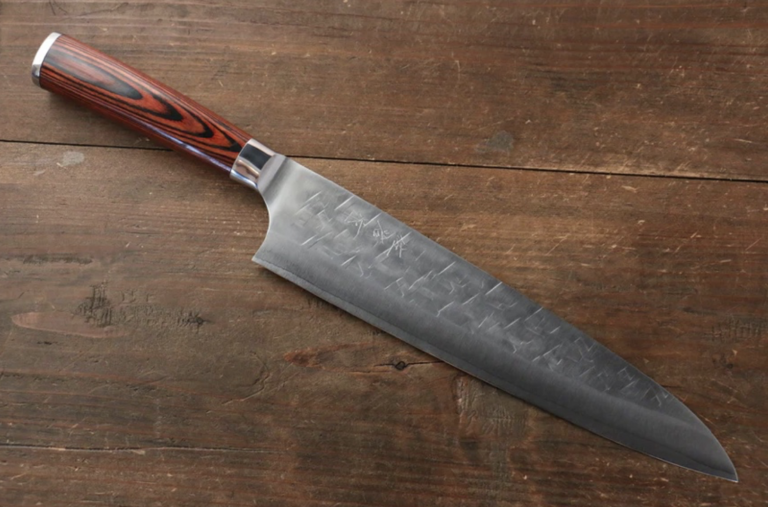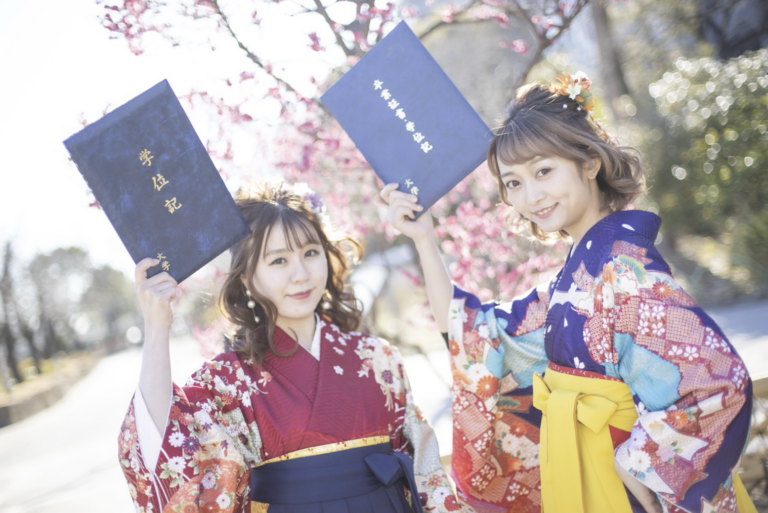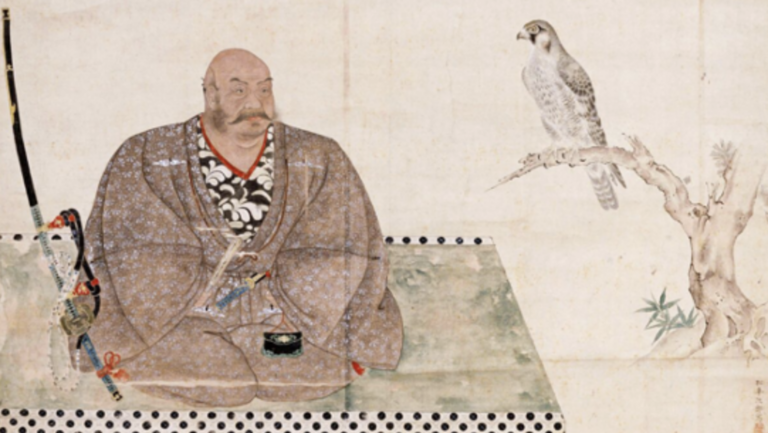The most peaceful and mysterious period in history. What is the Jomon period?
When people think of Japanese history, the samurai are the most well-known, but there is actually a more interesting era than that. Starting more than 16,000 years ago, the Jomon Period continued for around 10,000 years. However, there are a lot of facts about this mysterious period missing from history textbooks around the world, so we’ll explore the history in this article.
Comparison with the Four Great Civilizations of the World
The four major human civilizations are the Mesopotamian, Egyptian, Indus, and Yellow River civilizations, which chronologically started about 7,000 years ago. The Jomon period started about 9000 years before that. Some say, “Shouldn’t we call this a civilization?” If we count it as a civilization, it means that one existed in Japan before the four major civilizations.
What kind of life did they lead?
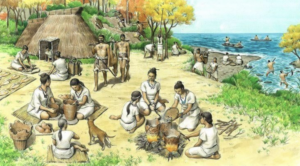
Japanese textbooks refer to this period as a time when hunting was the mainstay of life. Rice cultivation began in the following Yayoi period. Earthenware was made and people cooked what they hunted.
The latest research, however, now confirms that this was not the case. First of all, it is almost certain that trees which yielded acorns, walnuts, and chestnuts were planted nearby their settlements.
In addition, traces of rice cultivation have been found. It seems that rice was not grown in paddies as we know today, but in fields. The theory that rice cultivation came from China during the Yayoi period is incorrect, and on the contrary, rice cultivation may have been introduced to China from Japan.
In addition, the Jomon settled in villages, which makes sense, since hunting is the basic style of life in the world, and people live by moving from place to place. This kind of life seems improbable through hunting alone.
The most peaceful era
Numerous archaeological sites have been discovered, but no traces of war can be found. We can’t say that wars never happened, but I think it is probable that they were rare.
There was not much difference between the rich and the poor, or between the status quo, and no civilization anywhere in the world has had peace for 10,000 years.
“We’re monoracial”, may think (most) Japanese people, but actually that is not true. When we examine remains found at archaeological sites, we find a variety of genetic material, which indicates that various races arrived in Japan during this period.
It is also said that they built ships hollowed out of trees and traded with nearby settlements.
It has been a little over 2,000 years since the beginning of the Western calendar and I can’t count how many major wars there have been during this period. And yet, isn’t it amazing that a period of peace lasted for 10,000 years?
Since it was a such a long time ago, I assumed they must have lived in caves or something. This photo shows the restored building from that period. It is 15 meters wide. Of course, not all buildings were this size, but to be able to build something like this, you could call it a civilization, couldn’t you? Some of them may have even exceeded 20 metres.
What is even more incredible is that the traces of six huge pillars were found side by side. The six pillars are thought to have been made from a set of three trees of about 1 meter in diameter, and it is estimated that the building may have been over 20 meters high. This is equivalent to the height of a five-story building today, so you can understand that it was really quite tall.
If this is proven to be true, it means that there was a great civilization in Japan that is older than the four great civilizations of the world.
Don’t you think that these were more interesting times than ninjas and samurai? I also believe that during those times lies a secret to the world’s long-term peace and harmony. I hope that research on the Jomon period will continue and that its mysteries will be unraveled.
ABE KENGO


